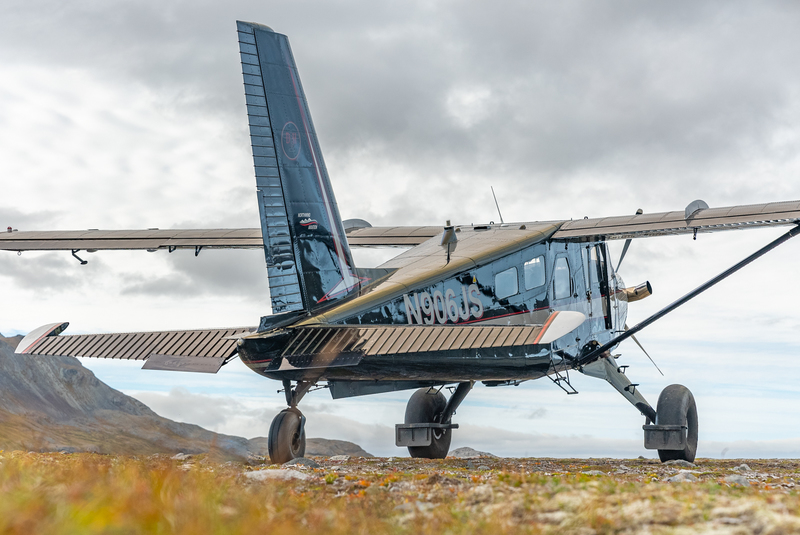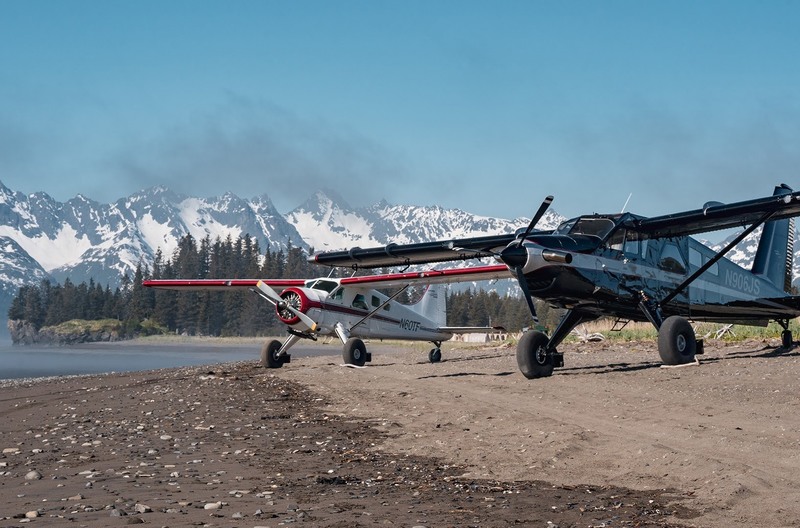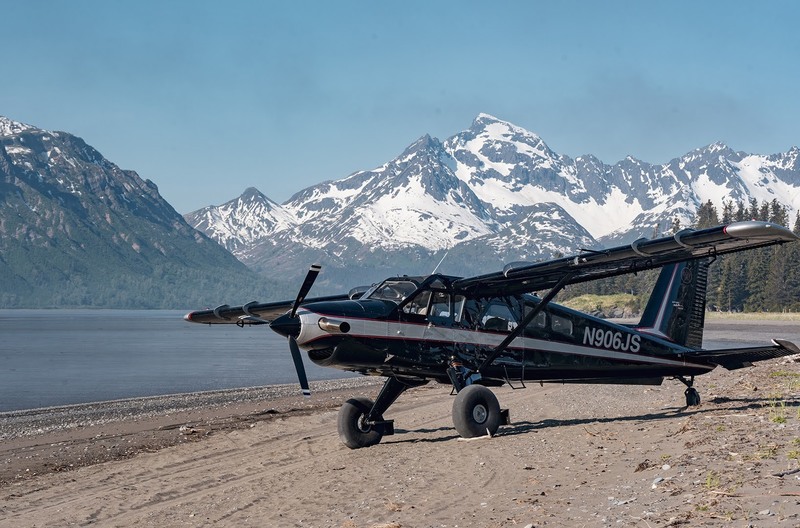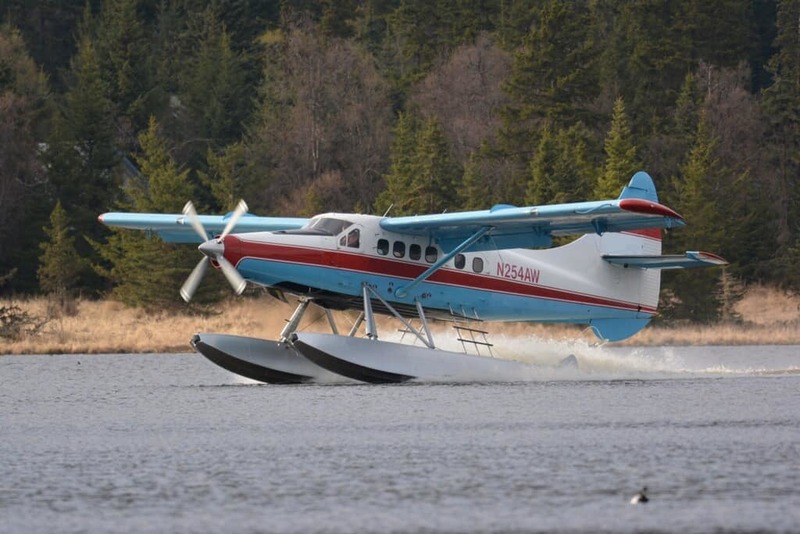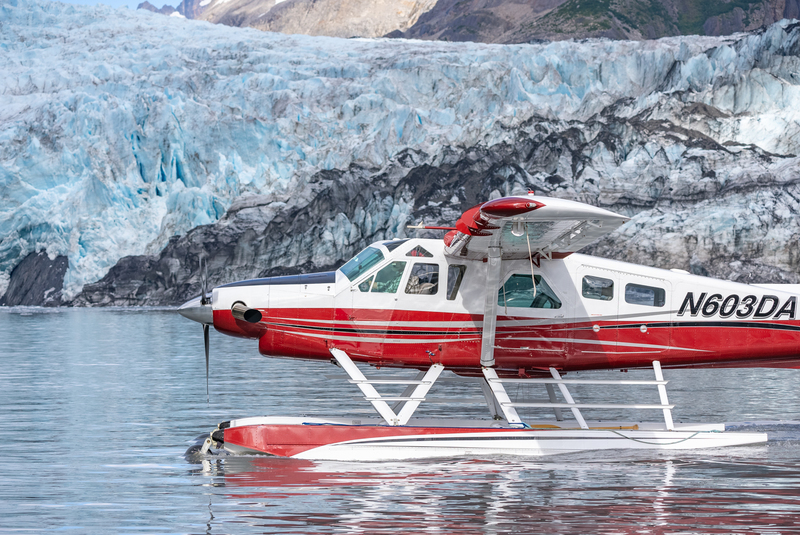Destination Alaska Blog
WHY ARE TURBINE PLANES BETTER THAN RADIAL PLANES?

Turbine Bush Planes in Alaska: Power and Practicality
Alaska's vast and rugged wilderness presents unique challenges for aviation, requiring aircraft that can handle extreme conditions and demanding terrains. Among the various types of aircraft designed for this purpose, turbine bush planes stand out for their exceptional performance. In this blog, we explore why turbine planes are the preferred choice for navigating the wild frontiers of Alaska
1. Higher Power-to-Weight Ratio: Turbine engines in bush planes deliver a superior power-to-weight ratio compared to traditional piston engines. This translates to better takeoff performance, crucial in Alaska's short and high-elevation airstrips. The enhanced power allows these planes to operate efficiently even with heavy loads, making them practical for cargo and passenger transport in challenging conditions.


2. Greater Reliability and Durability: Turbine engines boast a simpler mechanical structure with fewer parts, leading to increased reliability and reduced maintenance needs. In Alaska's remote conditions, where maintenance facilities are limited, this simplicity is a significant advantage. Turbine bush planes can withstand rough landings, extreme weather, and extended operations without the wear and tear experienced by piston engines, contributing to higher overall durability.
3. Improved High-Altitude Performance: Turbine engines maintain consistent power output at higher altitudes, a crucial factor for navigating Alaska's mountainous terrain. Unlike piston engines that struggle with power loss at altitude, turbines ensure reliable performance. This is essential for safe takeoffs and climbs over mountain ranges and glaciers, making turbine bush planes practical choices for the challenging topography of Alaska's wilderness.

In the pragmatic world of Alaskan aviation, turbine bush planes earn their stripes with a higher power-to-weight ratio, greater reliability, and improved high-altitude performance. Stripping away the fluff, these aircraft prove their worth in overcoming the unique challenges of Alaska's rugged landscapes.
History of the DHC-2 MKIII Beaver
The de Havilland Turbine MKIII Beaver stands as a testament to aviation innovation and adaptability. Originally introduced as the DHC-2 Beaver, this iconic bush plane underwent a significant transformation with the integration of turbine engines. The Turbine MKIII Beaver, powered by a Pratt & Whitney PT6A engine, brought a new era of power and efficiency to the rugged terrains it navigated. The transition from piston to turbine engines not only enhanced the aircraft's performance but also solidified its reputation as a reliable workhorse in remote and challenging environments. With a rich history dating back to the original Beaver's introduction in the 1940s, the Turbine MKIII Beaver continues to play a vital role in aviation, embodying the spirit of exploration and resilience in the ever-evolving landscape of aerial transportation.

History of the DHC-3 Turbine Otter
The de Havilland Turbine Otter stands as a stalwart in the annals of aviation history, embodying the spirit of versatility and reliability. Originating from the renowned DHC-3 Otter, the turbine version marked a pivotal advancement in aircraft technology. With the integration of a turbine engine, typically the Pratt & Whitney PT6A, the Turbine Otter soared to new heights, quite literally.
Originally designed as a rugged, STOL (Short Takeoff and Landing) utility aircraft, the Otter became an aviation workhorse following its introduction in the 1950s. The transition to turbine power brought a significant boost in performance, offering increased power, efficiency, and improved high-altitude capabilities. This transformation allowed the Turbine Otter to conquer challenging terrains and remote locations with unparalleled reliability.
Throughout its storied history, the Turbine Otter has served a multitude of roles, from passenger transport to cargo hauling, and even military applications. Its robust design and ability to operate in austere conditions have made it a favored choice for operators in regions where conventional aircraft struggle to excel.
As the turbine-powered counterpart to the classic Otter, the Turbine Otter continues to carve its legacy in the skies, bridging the past and the present with a timeless commitment to rugged dependability in the ever-evolving world of aviation.



